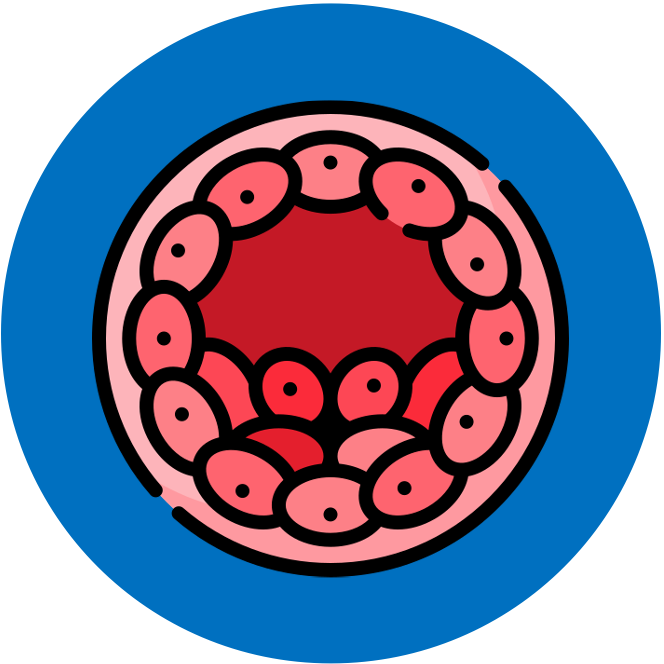

Specialisation
SL Content Statements
-
B2.3.1
Production of unspecialised cells following fertilisation and their development into specialised cells by differentiation
-
Students should understand the impact of gradients on gene expression within an early-stage embryo.
-
B2.3.2
Properties of stem cells
-
Limit to the capacity of cells to divide endlessly and differentiate along different pathways.
-
B2.3.3
Location and function of stem cell niches in adult humans
-
Limit to two example locations and the understanding that the stem cell niche can maintain the cells or promote their proliferation and development. Bone marrow and hair follicles are suitable examples.
-
B2.3.4
Differences between totipotent, pluripotent and multipoint stem cells
-
Students should appreciate that cells in early-stage animal embryos are totipotent but soon become pluripotent, whereas stem cells in adult tissue such as bone marrow are multipotent.
-
B2.3.5
Cell size as an aspect of specialisation
-
Consider the range of cell sizes in humans including male and female gametes, red and white blood cells, neurons and striated muscle fibres.
-
B2.3.6
Surface area-to-volume ratios and constraints on cell size
-
Students should understand the mathematical ratio between volume and surface area and that exchange of materials across a cell surface depends on its area whereas the need for exchange depends on cell volume.
NOS: Students should recognise that models are simplified versions of complex systems. In this case, surface area-to-volume relationship can be modelled using cubes of different side lengths. Although the cubes have a simpler shape than real organisms, scale factors operate in the same way.



